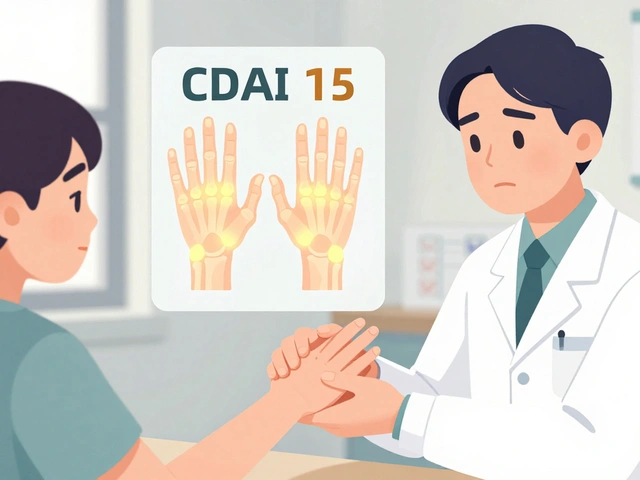Bacterial infection treatment: how to get better fast and safely
Bacterial infections run the gamut from a small skin boil to a serious lung infection. What matters most is where the infection is and how quickly you act. This short guide gives clear steps you can use now: when to seek care, how doctors pick treatments, and simple things you can do at home to get better.
When antibiotics are needed and how doctors pick them
Not every infection needs antibiotics. Viruses don’t respond to them, and unnecessary use fuels resistance. Look for signs that suggest a bacterial cause: persistent fever, pus or rapidly spreading redness, worsening cough with colored mucus, painful urination, or general worsening like confusion or fainting. For mild problems a phone consult often decides the next step.
Doctors choose antibiotics based on the likely bacteria and the infection site. Common choices: nitrofurantoin or trimethoprim-sulfamethoxazole for many urinary tract infections; cephalexin or doxycycline for typical skin infections; amoxicillin or macrolides for many community lung infections. If the case is severe or unclear, a culture or swab helps identify the bug so treatment can be tailored. Resistant infections need specialist drugs and close monitoring.
Practical tips, red flags, and prevention
Start treatment promptly when your clinician advises and finish the full course unless told otherwise. Stopping early can leave surviving bacteria that resist future therapy. Follow directions on how to take each medicine, and watch for side effects like rash, diarrhea, or severe stomach upset. Keep hydrated, rest, and use fever reducers if needed. For wounds, keep the area clean and change dressings daily.
Get urgent care if you have very fast breathing, high fever over 39°C (102°F), very low urine output, fainting, sudden confusion, or rapidly spreading redness with streaks. Also seek help for severe abdominal pain, vomiting that prevents fluids, or if a previously stable infection suddenly worsens.
Good prevention is straightforward: wash hands often, stay current with vaccines, handle food safely, and manage chronic conditions like diabetes. Avoid sharing razors or towels, and keep minor cuts clean. If you use antibiotics, talk with your doctor about side effect prevention and whether a probiotic makes sense.
Special groups need extra care. Pregnant people, infants, older adults, and anyone with weakened immunity must talk to a clinician before taking antibiotics. Drug allergies matter — always tell your provider about hives, breathing trouble, or severe reactions. If you get antibiotics online, use only licensed pharmacies that require a valid prescription and offer pharmacist contact. Keep a simple record of past antibiotics and reactions to help your doctor pick the safest option next time. This saves time and keeps you safer today.

When metronidazole isn’t an option, finding the right alternative for bacterial and protozoal infections matters. This article explores how doctors choose other therapies, why certain drugs step in when metronidazole won’t work, and what patients should know about side effects and suitability. Expect honest tips, interesting facts, and practical advice. The guide also points readers toward a comprehensive list of alternatives to Flagyl for different conditions. Get the details you need to make the best decision for your health or a loved one’s.






